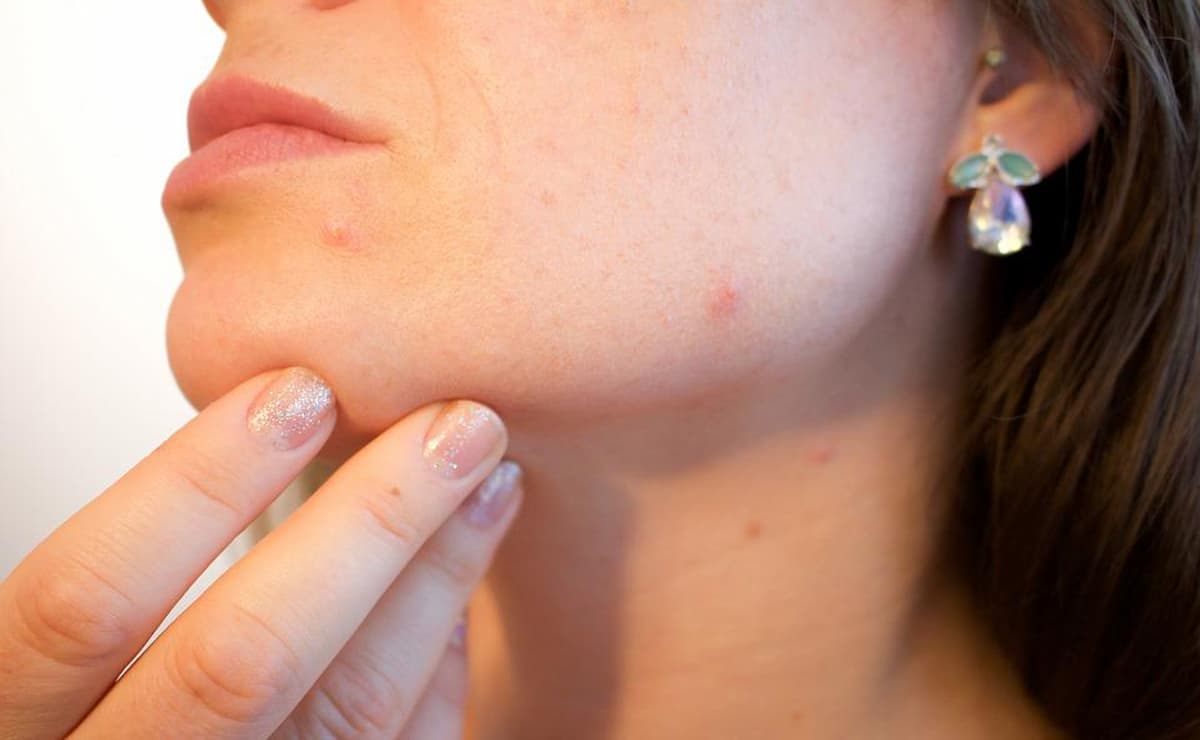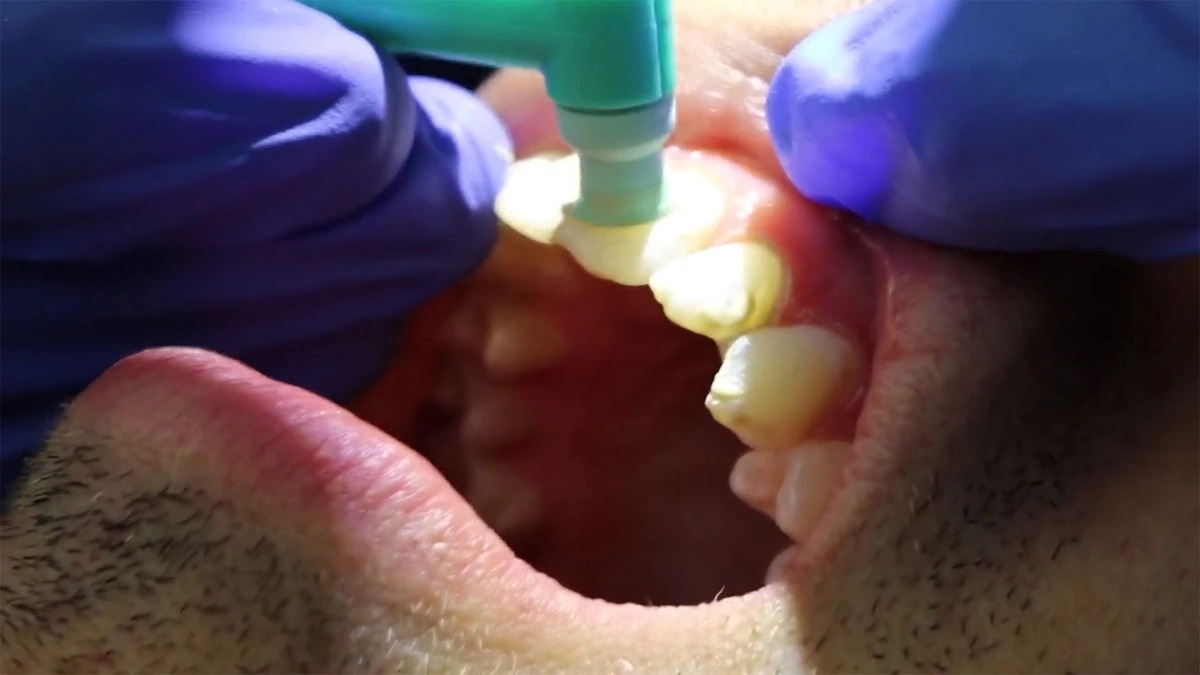Home>Finance>How Much Is A Dermatologist Visit Without Insurance?


Finance
How Much Is A Dermatologist Visit Without Insurance?
Published: November 19, 2023
Find out the cost of a dermatologist visit without insurance and explore financing options to manage your expenses. Take control of your finances and prioritize your skin health.
(Many of the links in this article redirect to a specific reviewed product. Your purchase of these products through affiliate links helps to generate commission for LiveWell, at no extra cost. Learn more)
Table of Contents
Introduction
When it comes to taking care of our skin, a dermatologist plays a vital role in diagnosing and treating various skin conditions. However, the cost of a dermatologist visit can be a concern, especially for those without insurance coverage. Understanding the factors influencing the cost and finding ways to manage expenses can help individuals access the care they need without breaking the bank.
A dermatologist visit typically involves a comprehensive evaluation of the skin, hair, and nails, along with the diagnosis and treatment of any underlying conditions or concerns. This can range from routine skin checkups to addressing specific issues like acne, eczema, or psoriasis. The cost of the visit may vary depending on several factors, such as the geographical location, the complexity of the condition, and the individual dermatologist’s fee structure.
Without insurance, the cost of a dermatologist visit is typically higher, as there is no negotiated rate between the dermatologist and the insurance company. However, it is important to remember that the cost of care can vary significantly from one practice to another. It’s essential to research and compare prices to find the most affordable option that meets your needs.
In this article, we will explore the factors affecting the cost of a dermatologist visit without insurance and discuss the average cost range. We will also highlight additional costs that may arise during the visit and provide some tips on how to save money on dermatology care.
Factors Affecting the Cost of a Dermatologist Visit Without Insurance
Several factors contribute to the cost of a dermatologist visit without insurance. Understanding these factors can help individuals better understand why prices can vary and plan accordingly:
- Geographical Location: The cost of living and healthcare expenses can vary greatly depending on your location. Dermatology services in urban areas or regions with higher costs of living tend to be more expensive compared to rural areas.
- Complexity of the Condition: The severity and complexity of the skin condition being treated can affect the cost. Routine checkups or simple cases like minor rashes may have a lower fee compared to more complex conditions that require extensive testing and treatment planning.
- Dermatologist’s Experience and Expertise: The level of experience and expertise of the dermatologist can impact the cost. Highly skilled dermatologists who specialize in specific conditions or offer advanced treatment options may charge higher fees due to their specialized knowledge and skills.
- Diagnostic Tests and Procedures: Additional diagnostic tests, such as biopsies or blood work, may be necessary to accurately diagnose and treat certain conditions. These tests can add to the overall cost of the visit.
- Follow-up Visits and Treatment: Some skin conditions require regular follow-up visits and ongoing treatment, which can contribute to the overall cost. The frequency and duration of follow-up visits will depend on the specific condition and treatment plan.
- Additional Services: Dermatologists may offer additional services such as cosmetic procedures, skin rejuvenation treatments, or removal of benign growths that are not covered by insurance. These services will have separate fees associated with them.
It is important to discuss all potential costs with your dermatologist before the visit to avoid any unexpected expenses. Make sure to inquire about the specific charges for the consultation, tests, treatments, and any additional services that may be recommended.
Average Cost of a Dermatologist Visit Without Insurance
The cost of a dermatologist visit without insurance can vary significantly based on the factors mentioned earlier. However, to provide a general idea, let’s explore the average cost range for a dermatologist visit:
In the United States, the cost of a dermatologist visit without insurance can range from $100 to $400 or more for an initial consultation. This cost typically covers the evaluation, diagnosis, and discussion of treatment options for your skin concern.
Follow-up visits may have a lower cost, usually ranging from $75 to $200, depending on the complexity of the condition and the required follow-up care.
It’s important to note that these cost estimates are just averages and can vary significantly based on location, the dermatologist’s experience, and the specific services or treatments needed during the visit.
Additionally, it’s necessary to consider that the cost of any prescribed medications or recommended procedures is not usually included in the consultation fee and will be an additional expense.
To get an accurate estimate, it is recommended to contact the dermatologist’s office directly and inquire about their specific fee structure for uninsured patients. Some practices may offer self-pay discounts or payment plans to help make the cost more manageable.
While the cost of a dermatologist visit without insurance may seem daunting, there are ways to save money and make dermatology care more affordable, which we will discuss in the next section.
Additional Costs to Consider
When budgeting for a dermatologist visit without insurance, it’s essential to consider potential additional costs that may arise. These include:
- Diagnostic Tests and Procedures: Depending on your condition, the dermatologist may recommend additional tests, such as biopsies, cultures, or blood work, to accurately diagnose and treat your skin concern. These tests can incur separate charges that may not be included in the initial consultation fee.
- Prescribed Medications: If the dermatologist prescribes medications to treat your condition, there will be a cost associated with them. It’s important to discuss generic alternatives and inquire about any patient assistance programs that can help reduce the cost of prescribed medications.
- Procedures and Treatments: If your condition requires procedures or treatments, such as laser therapy, chemical peels, or surgical removal of skin growths, these services will have their own separate cost. It’s crucial to discuss the price and potential alternatives with your dermatologist.
- Follow-up Visits and Ongoing Treatment: Depending on the nature of your skin condition, you may require regular follow-up visits and ongoing treatments. It is important to consider the frequency and duration of these visits and factor in the associated costs.
- Cosmetic Services: Some dermatologists offer cosmetic services like Botox injections, dermal fillers, or chemical peels. These services are typically not covered by insurance and will have their own separate charges.
- Insurance Coverage for Procedures: While you may not have insurance coverage for the dermatologist visit itself, it’s worth checking if any recommended procedures or treatments are covered by your insurance plan. This can significantly help reduce your out-of-pocket expenses.
It’s crucial to have open and transparent communication with your dermatologist about the potential costs involved in your specific situation. They can help guide you, provide cost-saving options, and recommend more affordable alternatives whenever possible.
Ways to Save Money on a Dermatologist Visit Without Insurance
While the cost of a dermatologist visit without insurance can be a concern, there are several strategies you can utilize to help save money. Here are some ways to make dermatology care more affordable:
- Shop Around and Compare Prices: Research different dermatologists in your area and compare their fees. Look for clinics that offer competitive prices without compromising on quality. Don’t hesitate to call and ask about their self-pay discounts or any available payment plans.
- Consider Teaching Hospitals or Community Clinics: Teaching hospitals and community clinics often offer dermatology services at a lower cost, as they may have a sliding fee scale based on income. These institutions provide quality care under the supervision of experienced dermatologists.
- Ask About Generic Medications: When discussing treatment options with your dermatologist, inquire about generic alternatives to prescribed medications. Generic medications can be more affordable and offer similar effectiveness as brand-name drugs.
- Utilize Patient Assistance Programs: Some pharmaceutical companies offer patient assistance programs that provide discounts or even free medications to individuals who meet certain income requirements. Ask your dermatologist or research online for any available programs.
- Consider Online Dermatology Services: Virtual dermatology services have gained popularity and can be a cost-effective option. These services allow you to consult with a dermatologist remotely, and the fees may be lower than traditional in-person visits. Make sure to choose a reputable and licensed online dermatology service.
- Opt for Preventive Care: Engaging in regular skincare routines and preventive measures can help minimize the need for expensive dermatological treatments. Protect your skin from sun damage, practice good hygiene, and address skin concerns promptly before they worsen.
- Check for Insurance Coverage on Procedures: If your dermatologist recommends any procedures or treatments, verify if they are covered by your insurance plan. Even without overall coverage, specific procedures might be reimbursable, reducing your out-of-pocket expenses.
- Take Advantage of Free Screenings: Many dermatology organizations and community centers offer free skin cancer screenings at certain times of the year. These screenings can help detect any potential skin issues early on, saving you money on future healthcare expenses.
Remember, it’s essential to prioritize your skin health and seek proper dermatological care. While the cost may be a consideration, explore these money-saving options to ensure you receive the necessary treatment while managing your expenses effectively.
Conclusion
Accessing dermatology care without insurance can be a financial challenge, but it’s not impossible. By understanding the factors that influence the cost of a dermatologist visit, researching affordable options, and taking advantage of cost-saving strategies, you can still receive the necessary care for your skin health.
Remember that the average cost of a dermatologist visit without insurance can vary depending on factors such as geographical location, complexity of the condition, and the dermatologist’s expertise. It’s essential to reach out to dermatology clinics and inquire about their fees, including any self-pay discounts or payment plans they may offer.
Additional costs to consider include diagnostic tests, prescribed medications, procedures, follow-up visits, and any cosmetic services that may not be covered by insurance. Discussing these costs with your dermatologist beforehand can help you plan your budget accordingly.
To save money on dermatology care without insurance, consider comparing prices, exploring community clinics or teaching hospitals, asking about generic medications, utilizing patient assistance programs, and exploring online dermatology services. Additionally, practicing preventive care and taking advantage of free screenings can help minimize the need for expensive treatments.
Your skin health is important, so don’t let financial concerns prevent you from seeking the care you need. With proper research, communication, and proactive measures, you can navigate the cost of a dermatologist visit without insurance while prioritizing your skin well-being.













